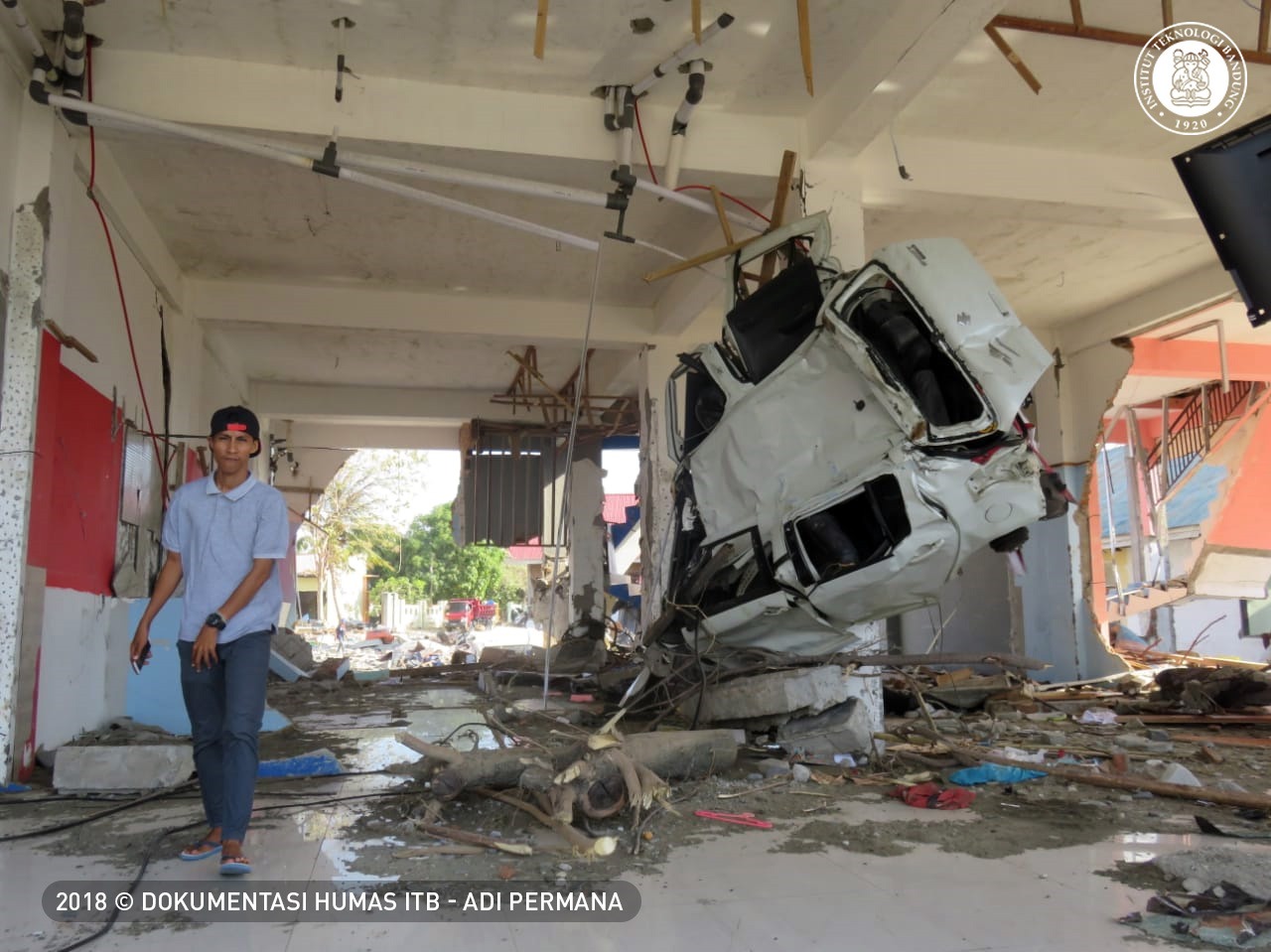ITB Expert Unveils Insights of Japan's Earthquake-Tsunami Connection and the Early Warning System's Impact

BANDUNG, itb.ac.id – An earthquake occurred in the Noto area in Ishikawa Prefecture, Japan, on Monday (1/1/2024). Based on data from the Japan Meteorological Agency, the strength of the earthquake was 7.6 on the Richter scale and occurred at 2.10 PM local time.
The seismic intensity scale reaches number 7, which means that during the earthquake almost all furniture that is not equipped with supports will move or fall, and possibly fly.
Apart from Ishikawa, the earthquake was also felt in a number of other areas such as Niigata, Toyama, Niigata, Toyama, Fukui, Nagano, Gifu, Tokyo, Yamagata, Fukushima, Ibaraki, Saitama, Tochigi, Miyagi, Gunma, Shizuoka, Aichi, Mie, Shiga, Kyoto, Osaka, Hyogo, Nara, Tottori, Iwate, and Akita.
Based on a Reuters report, the earthquake triggered a tsunami wave with a height of more than 1 meter along the west coast of Japan, causing power outages and requiring coastal residents to evacuate to higher ground.

Earthquake expert from Institut Teknologi Bandung (ITB), Prof. Dr. Irwan Meilano, S.T., M.Sc., said that earthquake sources on the east coast of Japan are more dangerous because their strength can reach 8 on the Richter scale. However, even an earthquake on the west coast, such as the one that occurred in Ishikawa, has the potential to be quite significant even though the earthquake is not as big as on the east coast.
“The earthquake on the east coast of Japan was not as big as the west coast. However, it can produce a tsunami and the shaking is stronger because it is closer to the coastline," he said, Tuesday (2/1/2024).
In the context of the earthquake in Japan, he said, the earthquake in early 2024 was not the strongest earthquake that occurred in that country. However, it was one of the strongest earthquakes in the west coast region. This is because the encounter between the plates is closer to the coastline compared to the east coast.
"The concerning thing is that the earthquake location is very close to land, with big cities such as Ishikawa, Kanazawa, and also other strategic Japanese infrastructure," he said.
He said, after a large earthquake occurs, generally there will be many aftershocks. There are two factors that cause this, namely the large magnitude of the earthquake and time. The greater the magnitude, the greater the potential for aftershocks. Meanwhile, in the short period of time since the first earthquake, there will be more aftershocks. Over time, aftershocks become fewer and smaller in magnitude.
Another factor that causes many aftershocks to occur is the large number of earthquake observation networks in Japan. This way, even small earthquakes will be detected.
"The number (of earthquakes), apart from the magnitude, is also influenced by our capacity to observe. If we get better at observing, we will see more aftershocks," he said.
From the earthquake at the beginning of this year, he said, there were several things that could be learned. First, Japan's early warning system is very good.
“These systems are important because they have strategic infrastructure, nuclear reactors, and fast trains, and they must be stopped immediately after the earthquake occurs before the earthquake waves reach them. This is also important for society. This is a very important lesson, so we should already have the capacity," he said.
Second, learning in the context of building infrastructure quality. The damage caused is less than the expected amount from such earthquake shock. This proves that Japan has excellent infrastructure quality.
Reporter: M. Naufal Hafizh
Translator: Ayesha Lativa Mafaza (Postharvest Technology 2021)

scan for download






